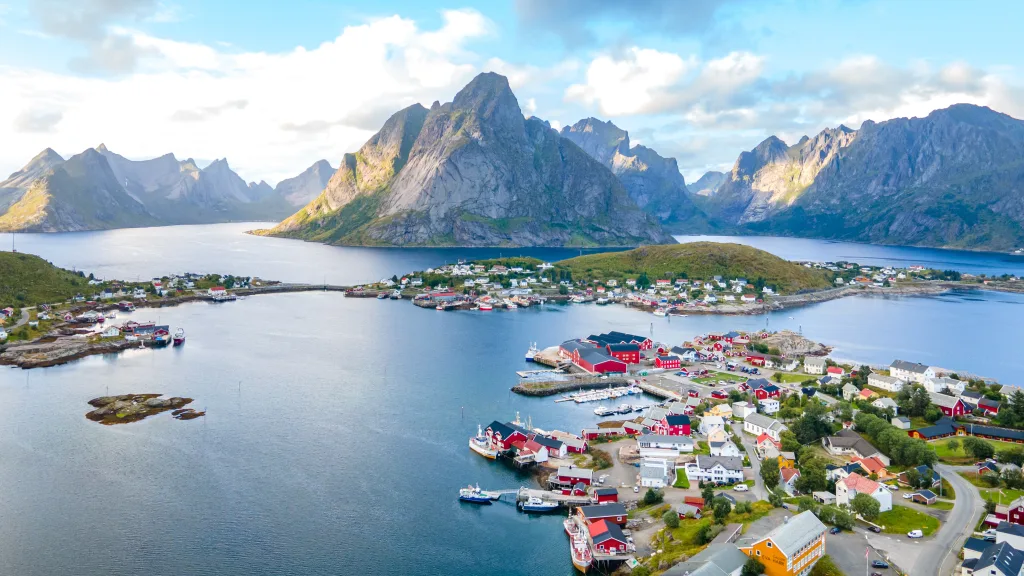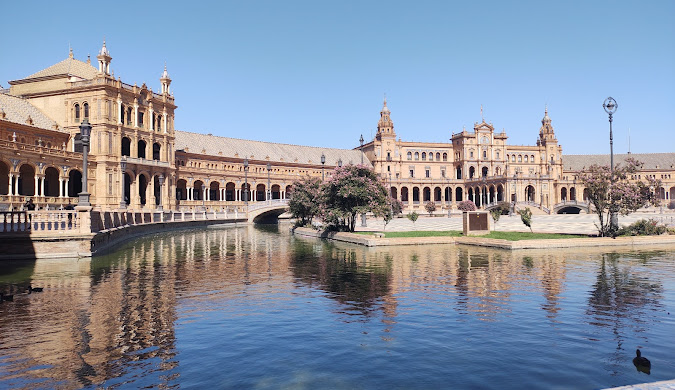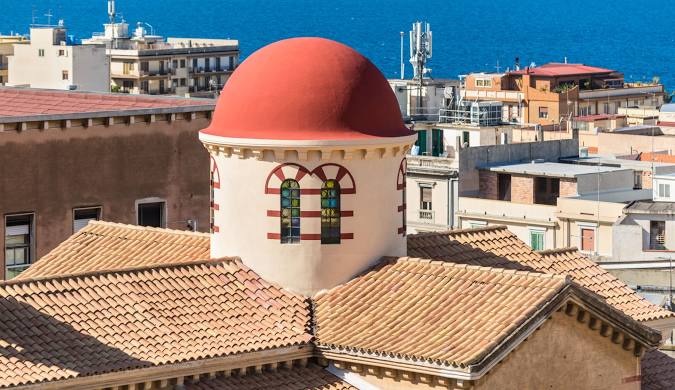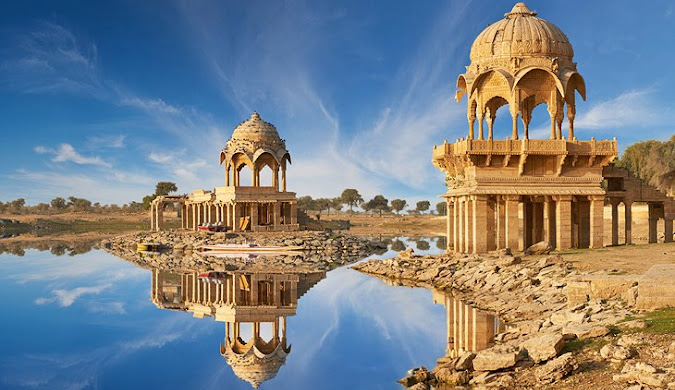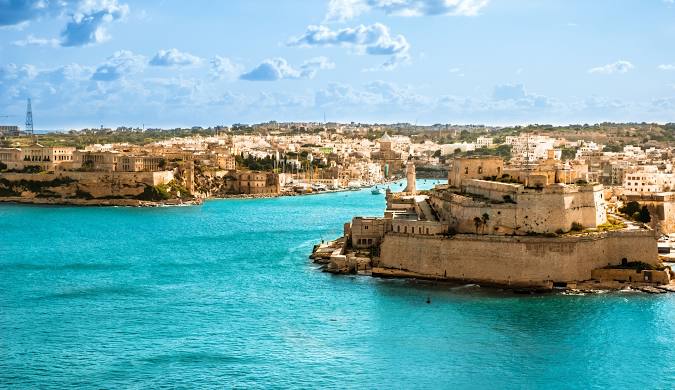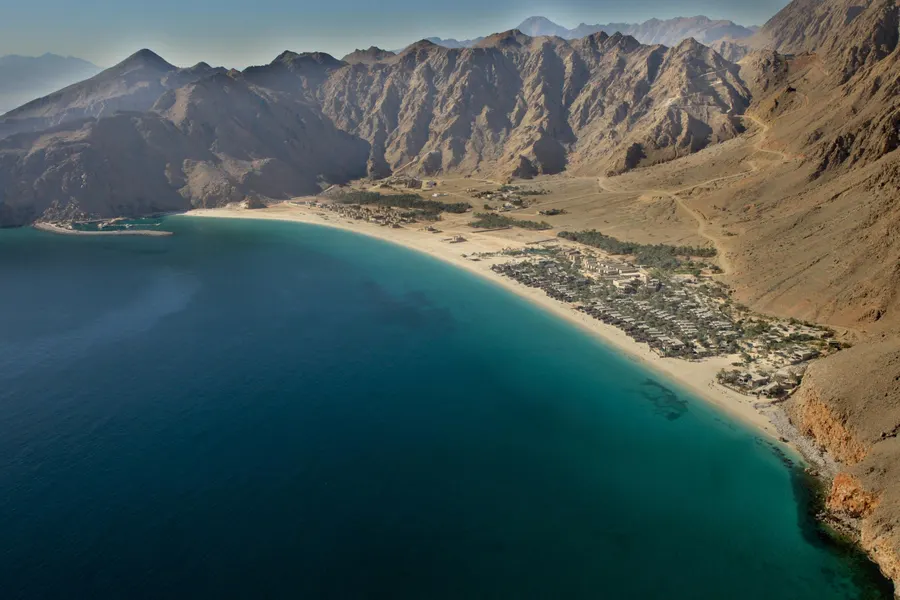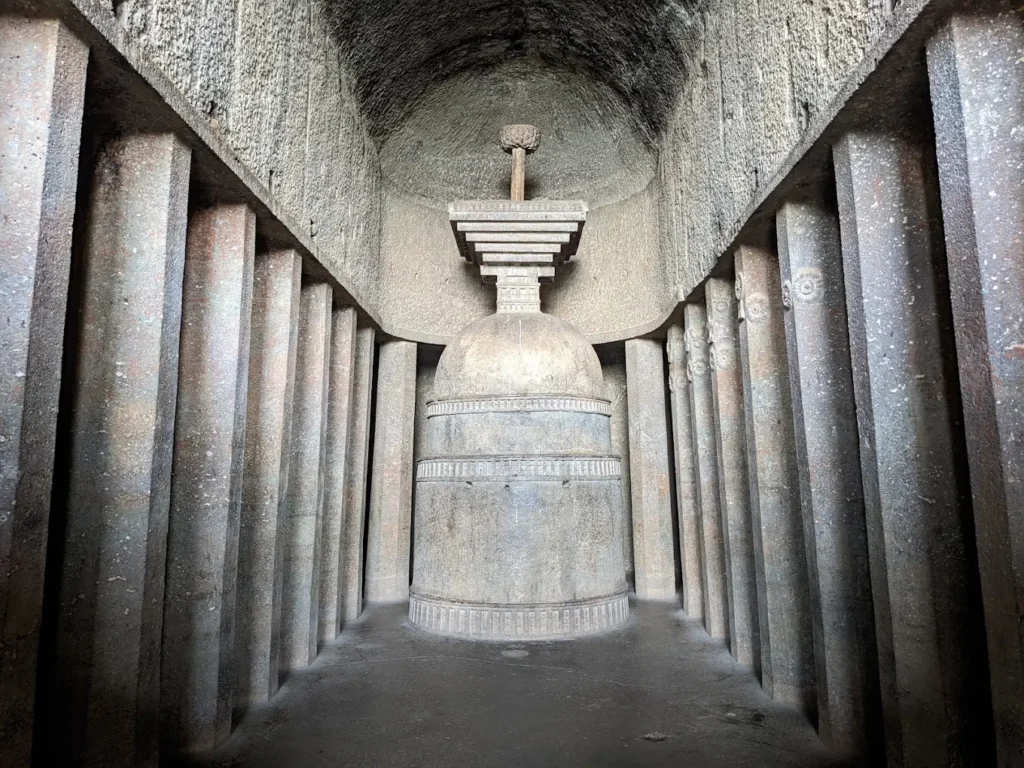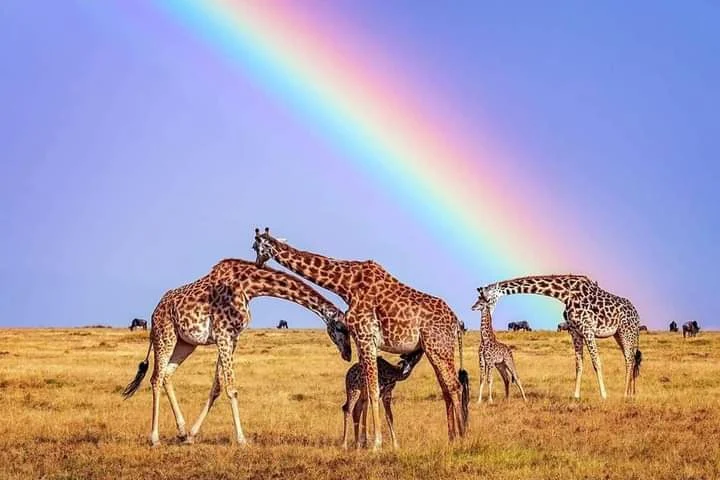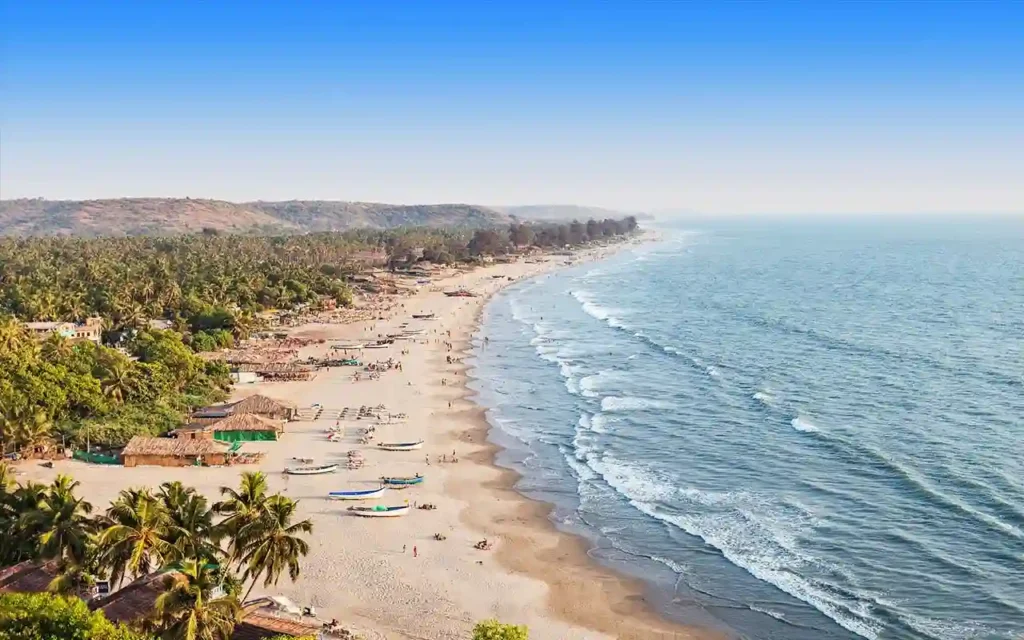What to Do in Tromsø: The Ultimate Guide to Tours, Fjords & Northern Lights
Picture this: you’re standing on a frozen fjord, the temperature hovering around minus 10°C, when suddenly the sky erupts in waves of emerald green. The Northern Lights dance overhead while snow-capped mountains frame the Arctic horizon. Welcome to Tromsø, where nature puts on the greatest show on Earth. This guide covers everything you need to know about what to do in Tromsø, from chasing the aurora borealis to exploring pristine fjords, meeting reindeer herders, and experiencing the magic of the Midnight Sun. Whether you’re planning a winter escape or a summer adventure, Tromsø delivers experiences you’ll talk about for years. Quick Reference: Tromsø at a Glance Category Details Best Time for Northern Lights September to March (peak: December-February) Best Time for Midnight Sun Late May to Late July Currency Norwegian Krone (NOK) Average Daily Budget ₹8,000-₹15,000 (budget to mid-range) Getting There Tromsø Airport (TOS), 5 km from city center Population ~77,000 (largest city in Arctic Norway) Winter Temperature -4°C to -10°C Summer Temperature 10°C to 15°C Tromsø at a Glance Tromsø sits 350 kilometers north of the Arctic Circle on the island of Tromsøya, connected to the mainland by elegant bridges. This Arctic capital punches well above its weight, combining urban sophistication with raw wilderness access. The city’s location at 69°N latitude puts it squarely in the Northern Lights zone and gives it the fascinating phenomena of Polar Night (late November to mid-January, when the sun doesn’t rise) and Midnight Sun (late May to late July, when it never sets). The Gulf Stream keeps Tromsø’s climate surprisingly mild for its latitude. Winter temperatures hover between -4°C and -10°C, while summers reach a comfortable 10-15°C. The city serves as the perfect base for Arctic adventures, with stunning landscapes accessible within minutes of downtown. When to Visit Tromsø (Best Time by Activity) Winter (December-February): Aurora Prime Time Pros: Cons: Budget Tip: Visit in late January or February for slightly better deals while maintaining excellent aurora chances. Spring (March-April): Sweet Spot Season Pros: Cons: Summer (May-August): Land of the Midnight Sun Pros: Cons: Best Choice: Late May or late August for fewer crowds and lower costs. Autumn (September-November): Shoulder Season Magic Pros: Cons: Top Things to Do in Tromsø 3.1 In and Around the City Fjellheisen Cable Car Take the 4-minute ride up Mount Storsteinen (421 meters) for jaw-dropping panoramas of Tromsø, surrounding islands, and distant mountains. The cable car operates year-round, and the view changes dramatically with the seasons. Sunset rides in winter are spectacular, and if you’re lucky, you might spot the aurora dancing from the viewing platform. There’s a restaurant at the top if you want to enjoy the view over a warm meal. Pro tip: Visit during blue hour (just after sunset) when the city lights twinkle against the dusky Arctic sky. Arctic Cathedral (Ishavskatedralen) This striking modern church, with its distinctive triangular architecture, is Tromsø’s most photographed landmark. The interior features a stunning stained-glass window covering the entire east wall. The church hosts midnight sun concerts in summer and often serves as a dramatic backdrop for aurora photos in winter. Polaria This Arctic aquarium and experience center offers insight into Arctic marine life, including bearded seals that steal the show during feeding times. The panoramic cinema screens films about Svalbard and Arctic nature. It’s an excellent rainy-day option or a educational stop for families. The Polar Museum Housed in an old customs warehouse on the waterfront, this museum chronicles Arctic hunting, trapping, and polar expeditions. Learn about Roald Amundsen’s explorations and the history of Arctic Norway. The exhibits bring to life the harsh realities and incredible courage of polar pioneers. Telegrafbukta Beach and Lake Prestvannet Yes, there’s a beach in the Arctic! Telegrafbukta offers golden sand and surprisingly clear water (though swimming is for the brave). In summer, locals gather here for barbecues during the Midnight Sun. Lake Prestvannet, a 10-minute walk from the city center, is perfect for easy nature walks year-round and freezes over in winter for ice skating. 3.2 Northern Lights: How, Where & Tips Seeing the aurora borealis is likely the biggest reason what to do in Tromsø appears in your search history. Here’s everything you need to maximize your chances. Best Viewing Spots Around Tromsø: Understanding Aurora Forecasts: Download the Norwegian Meteorological Institute’s aurora forecast app or check websites like Visit Tromsø for predictions. The KP index (0-9) indicates aurora strength—anything above KP 3 is promising. However, clear skies matter more than a high KP index. A KP 2 night with zero clouds beats a KP 5 night with overcast conditions. Night Photography Settings: Essential Gear: Tripod, extra batteries (they drain fast in cold), headlamp with red light, wide-angle lens (14-24mm ideal). Guided Tours vs. DIY Aurora Chase Guided Tours: DIY Chase: Backup Plan: If clouds roll in, consider visiting Polaria, enjoying Tromsø’s pub scene, or planning an indoor activity. The aurora is nature’s show—she performs when she wants. 3.3 Island & Fjord Escapes Kvaløya: The Whale Island Just across the bridge from Tromsø, Kvaløya (pronounced “Kval-uh-ya”) is Norway’s fifth-largest island and a wonderland of dramatic scenery. Sommarøy: This picture-perfect fishing village features white sand beaches (yes, really!), turquoise waters, and colorful houses. In summer, it’s ethereal under the Midnight Sun. The drive there is spectacular, winding along the coast with mountains rising from the sea. Grotfjord: Besides being an aurora hotspot, this area offers incredible fjord views and hiking opportunities. The replacement viewpoint provides sweeping panoramas. Tromvik: A hidden gem at Kvaløya’s northern tip with a gorgeous beach, abandoned military installations, and prime aurora viewing. The 40-minute drive from Tromsø is worth every second. Fjord Cruises Silent fjord cruises offer a different perspective on Tromsø’s landscape. Winter cruises focus on wildlife (sea eagles are common) and sometimes the Northern Lights, while summer cruises bask in endless daylight and showcase green mountainsides tumbling into deep blue water. Expect to pay ₹4,000-₹8,000 for a 3-4 hour cruise. Many include snacks or meals. The contrast between summer and winter cruises is stark—summer shows nature
What to Do in Tromsø: The Ultimate Guide to Tours, Fjords & Northern Lights Read More »

